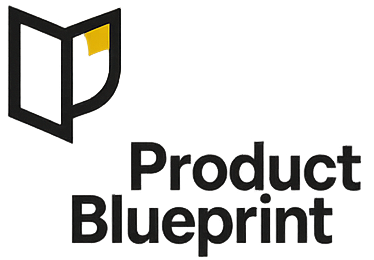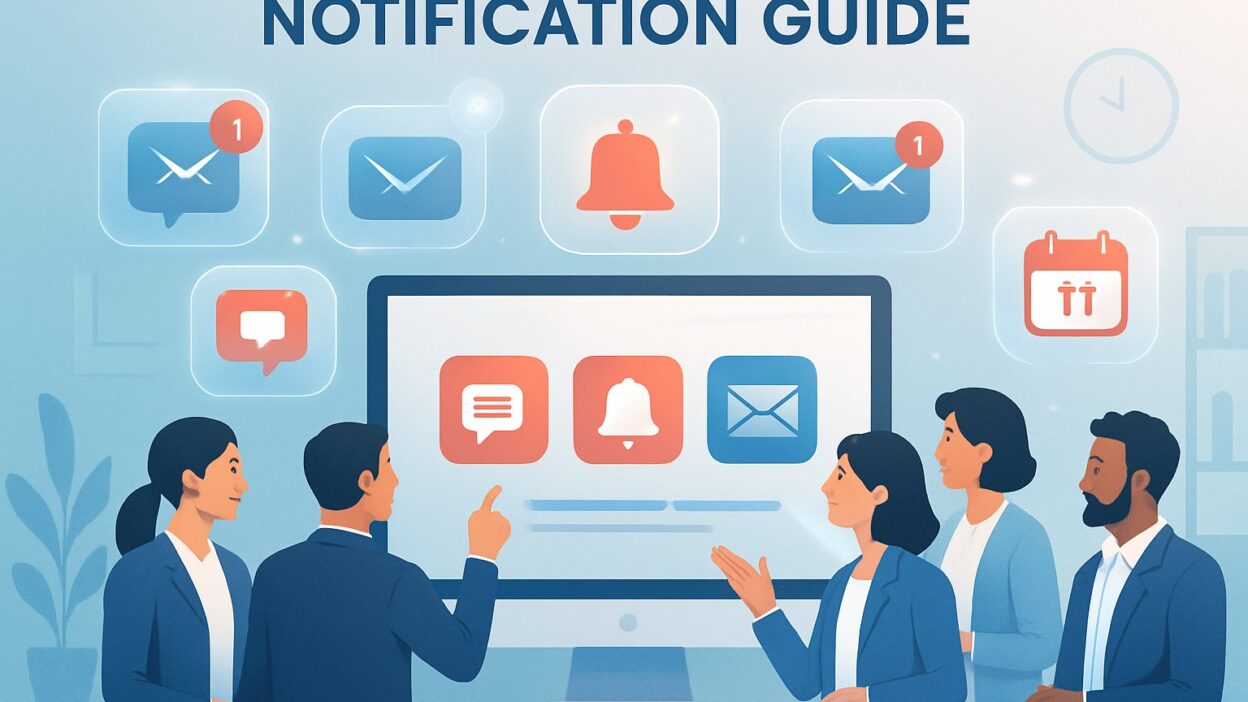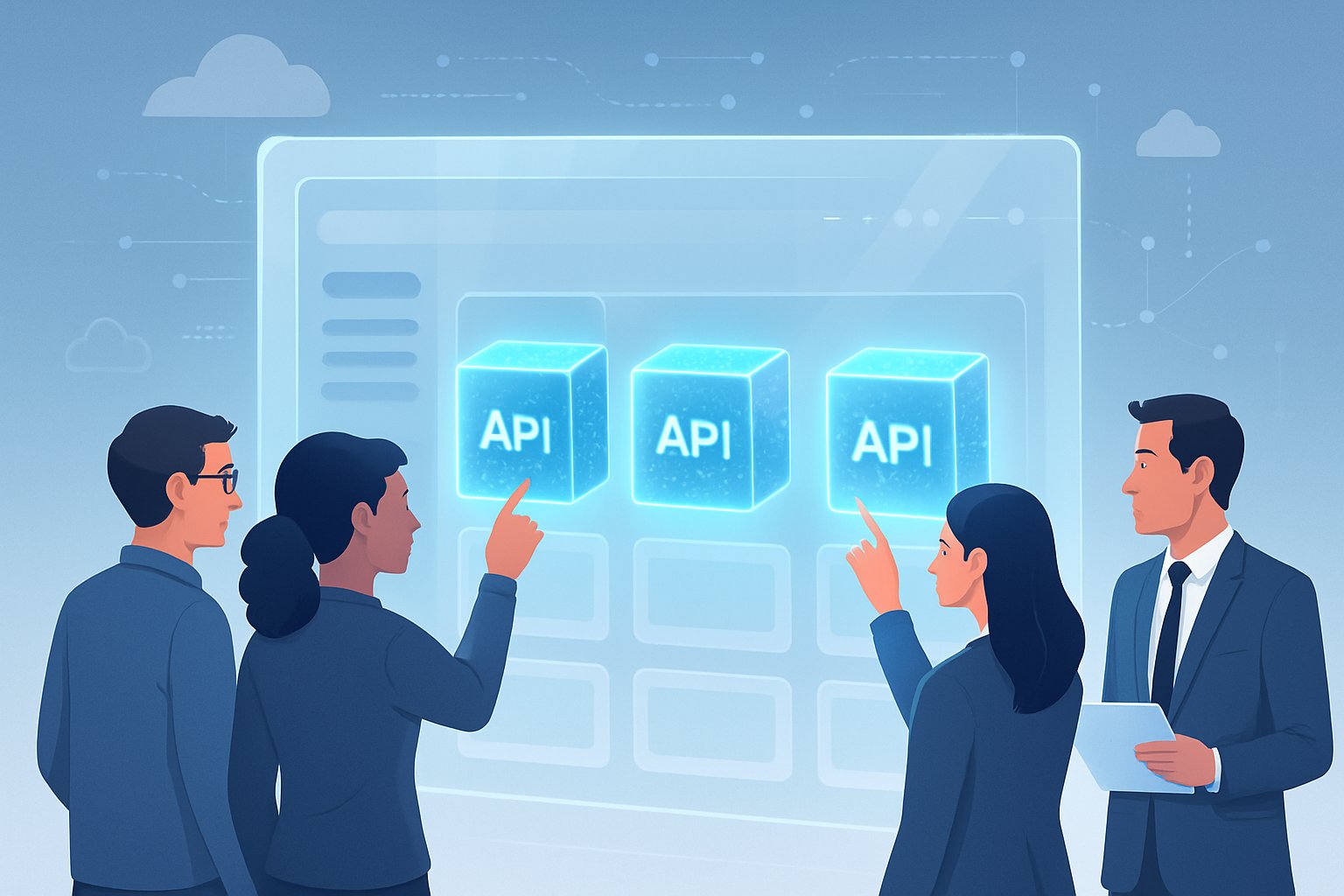Email marketing needs close attention to a few core practices that keep both businesses and customers safe. We have to get permission, make unsubscribing easy, and put customer value first in every message.

These steps help us earn trust with our audience and avoid legal headaches. Following proper consent and unsubscribe rules lets us build better relationships and see stronger marketing results.
TL;DR
We lead with value, consent, control every time we message users. We set guardrails right away—frequency caps, quiet hours, and one-click unsubscribe are non-negotiable.
We coordinate channels to avoid sending duplicate messages. There’s always a kill switch ready in case we need to stop a campaign fast.
We use EV/1k checks to decide if a campaign is worth sending. Our must-haves:
- Privacy by design
- WCAG 2.1 AA compliance
- No dark patterns
Key definitions (one line each)
Notification: A message sent outside the main app flow—could be push, email, SMS, or in-app.
Consent: User permission, given by channel and topic, that they can take back anytime.
Unsubscribe hygiene: One-click opt-out that works right away, no login needed.
Frequency cap: The most messages a user gets in a set time.
Quiet hours: Local times when non-critical messages pause so we don’t bug people.
Transactional vs marketing: Transactional messages support core service; marketing messages are optional promos.
Orchestration: Automated rules that route messages, remove duplicates, and time them across channels.
The value–consent–control framework
We base our notification strategy on three main principles that work together.
Value means every message actually helps users do something important right now. Maybe it’s finishing account setup, grabbing a needed document, or avoiding a fee.
Consent is about asking permission at the right moment for each channel and topic. We keep track of when and why users said yes.
Control lets users manage their preferences easily. We offer one-click unsubscribe, quiet hours, and frequency limits. Users always see clear reasons like “You’re getting this because…”
Step-by-step playbook
1) Write the notification brief (before any copy)
Start with a simple brief before writing anything. Spell out the user value in plain language—like “Help user finish checkout in 2 clicks.”
Label the message type (transactional, lifecycle, or marketing). Name your audience and say why they need this now.
Pick your primary channel and set a fallback timeline. Note your consent basis—channel, topic, and timestamp.
Set caps and quiet hours with real numbers and timezones. Define your primary outcome metric and guardrails like unsubscribe and complaint rates.
Plan the holdout and rollout strategy—start at 5%, then scale to 100%. Assign a kill switch owner who can pull the plug.
2) Classify the message
We sort notifications into three buckets. Transactional messages are receipts, password resets, fraud alerts, and delivery updates. Users expect these, so they can skip quiet hours.
Lifecycle messages include trial endings, adoption nudges, billing notices, and renewals. These stick to normal caps and timing.
Marketing messages are promos and newsletters. They need explicit opt-in and stricter limits.
3) Design consent and preferences
Ask for permission when it feels natural for users. Use prompts like “Enable push notifications to get delivery updates for Order #123?”
Add topic-level toggles for tips, product news, promos, and security alerts. This hands users control over what they get.
Put a visible Manage preferences link in emails, app menus, and profiles. Make updating choices easy, always.
4) Set guardrails (defaults you can tune)
Set hard limits on how often you send:
- Marketing emails: 2 per week max
- Lifecycle push: 2 per day (rarely needed)
- Marketing push: 1 per day max
- SMS: Only for urgent, time-critical stuff
Pause non-critical messages during quiet hours—9 PM to 8 AM local time. Stop follow-ups for 48 hours once users finish the action.
Follow channel priority: transactional first, then in-app, push, email, and SMS last. Set up a kill switch that stops campaigns in under 10 minutes.
5) Orchestrate across channels (simple router)
Start with in-app messages. If users don’t see it in 24 hours, send a push notification.
If push fails or gets declined and the message still matters after 48 hours, send an email. Use SMS only if nothing else works and the message is urgent.
Use message keys with timeouts to stop duplicates within 24-48 hours. Localize time, language, and units for each user.
6) Write accessible, outcome-first messages
Write clear subject lines that spell out the benefit. Skip clickbait and confusing words.
Give one main call-to-action button. Add secondary actions as plain text links. Personalize only using recent user actions.
Follow accessibility basics: 4.5:1 color contrast, real HTML structure, alt text for images, and keyboard navigation.
7) Measure outcomes and guardrails
Track what matters—conversion lift, user retention, and revenue per user. Watch guardrails like unsubscribe rates, complaints, and accessibility snags.
Measure delivery, open, click, and action completion rates within 24 hours. Keep a 5-10% holdout group that gets no messages to see real impact.
8) Roll out safely
Test with your own team, then go to 5%, 25%, 50%, and finally everyone. Only move up if outcomes improve and guardrails look good.
Clean up lists and delete old segments when campaigns end.
Trade-offs at a glance
| Choice | Pros | Cons | Use when |
|---|---|---|---|
| Push | Real-time, high engagement | Intrusive; OS prompts | Time-sensitive value |
| Rich, searchable | Slower; promotions tab | Summaries, receipts, education | |
| SMS | Highest attention | Costly; strict consent | Urgent, critical updates |
| In-app | Contextual, low risk | App must be open | Feature tips, post-action nudges |
| Triggered | Relevant, timely | Data quality sensitive | Behavioral lifecycle |
| Batch | Easy to schedule | Relevance risk | Roundups, low-risk news |
Every method gives a different level of user engagement. Push notifications get the highest engagement, but they can really annoy people.
SMS grabs the most attention, but it’s expensive. In-app messages feel natural, but only work when users open the app.
Quick calculation: EV per 1,000 sends (send vs don’t send)
We can figure out expected value per 1,000 sends with this formula:
EV/1k = (ConvLift × ValuePerConversion × 1,000) − (Unsubs × FutureValueLoss × 1,000) − (Complaints × Penalty × 1,000) − (SendCost × 1,000)
The key numbers are:
- ConvLift: extra conversions per send (0.6% = 0.006)
- ValuePerConversion: profit per conversion ($22)
- Unsubs: unsubscribe rate per send (1.2% = 0.012)
- FutureValueLoss: lost future value per subscriber ($6)
- Complaints: spam reports per send (0.2% = 0.002)
- Penalty: cost per complaint ($50)
- SendCost: delivery cost per send ($0.002)
Here’s a sample calculation:
EV/1k = (0.006×$22×1,000) − (0.012×$6×1,000) − (0.002×$50×1,000) − ($0.002×1,000)
= $132 − $72 − $100 − $2 = −$42
If you get a negative result, don’t send. We only send campaigns with positive EV, even during do not disturb times.
Realistic examples (≤5 lines each)
We set up notification channels for each user state. Trial users who haven’t activated get setup reminders through NotificationCompat.Builder.
We use setSmallIcon with the app badge. setContentTitle displays “Complete Your Setup”.
NotificationChannel channel = new NotificationChannel("trial_setup", "Setup Reminders", NotificationManager.IMPORTANCE_DEFAULT);
notificationManager.createNotificationChannel(channel);
NotificationCompat.Builder builder = new NotificationCompat.Builder(context, "trial_setup")
.setSmallIcon(R.drawable.app_badge)
.setContentTitle("Complete Your Setup")
.setContentText("Finish setting up your account to unlock all features");Fitness Mobile App Push Strategy
Our Android notifications respect user preferences with topic-based channels. We use PendingIntent.getActivity to send users to specific workout screens.
The setAutoCancel method removes notifications after tapping. We implement setContentIntent for workout reminders and notify users only once per day.
Our notification content celebrates user effort, never guilt-tripping anyone.
Notification Channel Management
We create separate channels for streaks, coach tips, and billing alerts. Each channel uses NotificationChannel with the right importance level.
Users can control their experience through Android’s native notification settings.
Guardrails & ethics (must-pass gates)
We collect minimal data and avoid sensitive segments like health, religion, or protected classes. All user identifiers get hashed before sharing with vendors.
We honor deletion requests and data export demands. Our emails and pages meet WCAG 2.1 AA standards.
This covers keyboard focus, alt text, proper contrast, captions, and respecting “Reduce Motion” settings. We never use fake urgency or hidden opt-outs.
Pre-checked boxes are banned. Users who disable notifications aren’t penalized.
Caps and consent standards apply across all channels. We disclose regional differences like SMS limits right away.
Every message includes “You’re getting this because…” and a Manage preferences link.
Pitfalls & better alternatives
Mass messaging kills engagement. Triggered messages based on user behavior work better.
This approach uses control groups to see what actually works. One-time consent leads to spam complaints.
We need separate consent for every channel and topic. SMS and push notifications require regular renewal to stay compliant.
Hard-to-find unsubscribe buttons destroy trust. We give users a one-click opt-out that works instantly.
Preference centers are just backup options. Wrong timing and language ruin response rates.
We use each user’s timezone and local format—currency, dates, even right-to-left text layouts. Multiple messages in minutes annoy people fast.
We add wait periods between channels and message keys to prevent duplicates. Open rates don’t measure success.
We track conversion lift and revenue per thousand messages instead. Makes sense, right?
Mini FAQ
How many marketing messages should we send?
Start with 2 emails per week and 1 push notification per day. Track your results and adjust if you see too many complaints or low response rates.
Transactional messages don’t count toward these limits, but still avoid quiet hours.
Do we need double opt-in for all channels?
For SMS and push, use the standard OS prompt and add an in-app confirmation. For email, add confirmation steps for high-risk lists.
This protects users and keeps our messages getting delivered.
What counts as a complaint?
Spam reports, abuse flags, and store-level blocks all count as complaints. Keep complaint rates at ≤0.3% per send—no exceptions.
Can in-app messages replace push and email?
Yes, often they can. Use in-app messages first for gentle nudges.
Push or email only when timing matters or users aren’t active in the app.
What’s our routing strategy?
Start with in-app messages. If users don’t see them within 24 hours, send push notifications.
If push is declined and the message is still relevant after 48 hours, try email. Save SMS for urgent cases only.
Copy-ready templates
A) Notification principles (paste in your handbook)
Value first: If it won’t help the user now, don’t send.
Consent & control: Channel + topic consent, one-click opt-out, quiet hours, caps.
Orchestration: In-app → push → email → SMS; dedup within 48h.
Accessibility by default: WCAG 2.1 AA; readable, navigable, captioned.
Measurement: Holdout control; optimize for EV/1k and outcome lift.
Kill switch: Any campaign stoppable in <10 minutes.
B) Send/no-send checklist (60 seconds)
- Does this help the user now?
- Do we have channel + topic consent?
- Are caps/quiet hours respected for the user’s timezone?
- Is there one clear CTA and one-click unsubscribe?
- EV/1k > $0 with holdout? If any answer is “no,” don’t send.
C) Unsubscribe hygiene (quick audit)
- One-click opt-out works without login.
- Channel-specific and immediate.
- Vendors respect preferences in <10 minutes.
- Confirmation page stays respectful—no guilt trip language.
- Preferences page lets you pick granular topics and control frequency.
Honestly, helpful notifications are earned, not just blasted out to everyone. Always start with what users actually value. Run everything on real consent, give people control, and set up some guardrails.
Orchestrate channels so you don’t just create noise. If you’re aiming for real impact, prove it with EV/1k and holdouts.





